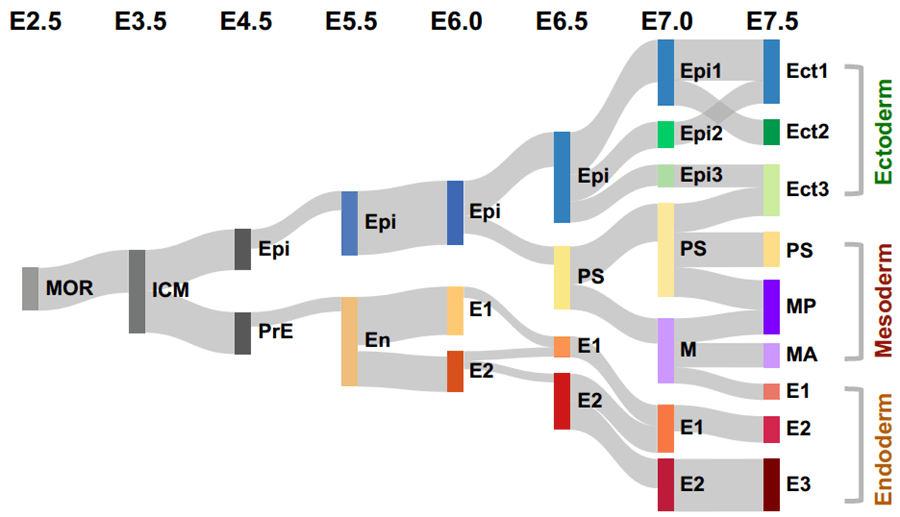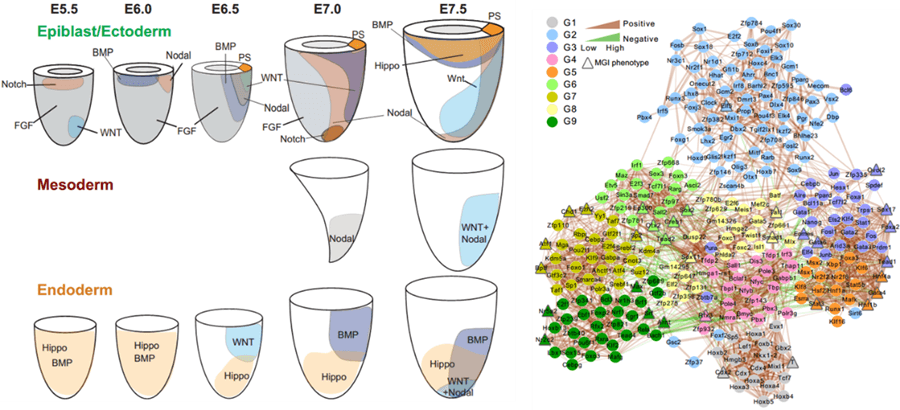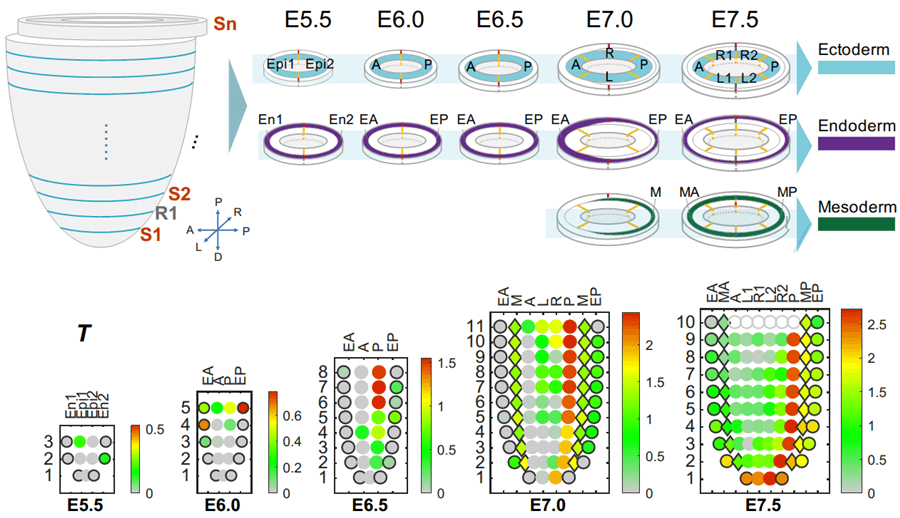Scientists Made New Discoveries About The Development of Cells in Early Embryos
The British renowned developmental biologist Lewis Wolpert said, “It is not birth, marriage, or death, but gastrulation, which is truly the most important time in your life.". The regionalization of cell fates preceding the formation of the basic body plan with instrumental mechanisms for understanding embryonic programming and stem-cell-based translational study is conserved in vertebrate embryos.
Recently, scientists have made new discoveries about the development of cells in early embryos, revealing where cells in certain body parts come from, which is a milestone of the development of stem cell-related regenerative medicine. This finding entitled “Molecular architecture of lineage allocation and tissue organization in early mouse embryo” were published in the journal Nature on August 8, 2019. For the paper, Prof. Guangdun Peng, Dr. Shengbao Suo, Dr. Guizhong Cui and Dr. Fang Yu are co-first authors. Prof. Naihe Jing, Prof. Jingdong Han and Prof. Guangdun Peng are co- corresponding authors.
Scientists used the cutting-edge technique of laser microdissection to isolate and capture specific cells in early mouse embryos, with analyzing the spatiotemporal transcriptome, they managed to map a high-resolution three-dimensional “family tree”, enabling the tracking of cell "ancestors" in different locations. It reveals the molecular genealogy of tissue lineages and defines the continuum of pluripotency states in time and space. The transcriptome further identifies the networks of molecular determinants that drive lineage specification and tissue patterning, supports a role of Hippo–Yap signalling in germ-layer development and reveals the contribution of visceral endoderm to the endoderm in the early mouse embryo.
In this study, scientists found that some cells previously considered having derived separately may have common progenitors, overthrowing the traditional views and paving the way for more efficient methods to obtain stem cells for certain human organs.
The study was jointly conducted by the CAS-MPG Partner Institute for Computational Biology, Guangzhou Institutes of Biomedicine and Health under CAS and Guangzhou Regenerative Medicine and Health Guangdong Laboratory.


